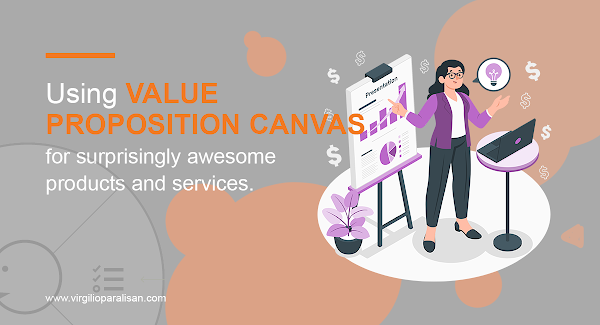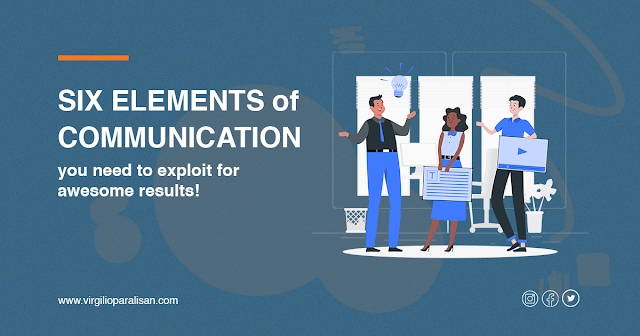Search This Blog

We help service enterprises in their growth phase with their organizational systems through focused coaching and consulting services on the following systems: leadership, communication, planning, resource management, operations, improvement & innovation, performance management, documentation, and risk management.
Featured
- Get link
- X
- Other Apps
Using Value Proposition Canvas For Surprisingly Awesome Products And Services
In this post, we will introduce you to business models, concepts, and frameworks. These concepts and frameworks will introduce you to best practices in strategy and strategic planning.
In this article, I will introduce you to the Value Proposition Canvas.
The Value Proposition Canvas is a tool to help you make sure a product or a service is developed and positioned around what your customer needs and values.
The Value Proposition Canvas developed by Dr Alexander Osterwalder is a framework ensuring a fit between your product and your desired market. It is a detailed view of the relationship between two parts of the Business Model Canvas also developed by Dr. Osterwalder: value proposition and customer segment.
The Value Proposition Canvas is important when you want to refine an existing service or product offering or build a product or service from ground zero.
Your Value Proposition Canvas is made up of two (2) blocks: the Customer Profile and the Value Map
Customer Profile:
Customer Jobs: In the context of your products and services, what do you believe is your customer trying to do in their work and in their lives as expressed in their own words?
Customer Pains: Describe bad outcomes, risks, or obstacles preventing your customer from doing their job or what they are doing in their lives and in their jobs.
Customer Gains: What outcomes are your customers expecting or want to achieve or the benefits they are seeking? These outcomes are the result of the customer jobs done well.
Value Map:
Value Proposition: The list of products and services you can offer now to customers.
Pain Reliever: How does your product or service alleviate the pains you have previously mentioned?
Gain Creator: How does your product or service create customer gains?
We will take you to a journey to revisit or to learn the Value Proposition Canvas:
Strategyzer's Value Proposition Canvas Explained (3:12)
Value Proposition Canvas Explained by Alex Osterwalder (4:38)
Value Proposition Canvas explained through the Uber example (5:30)
Designing your Value Proposition by Alex Osterwalder at Mind the Product 2014 (36:31)
4 Steps To Create A Killer Value Proposition (11:53)
Here's an example of a value proposition from one of my coaching clients.
The above example is from a coaching client in a food service business.
Cheers!
Until my next post!
Popular Posts
The Six Elements of Communication You Need To Exploit For Awesome Results
- Get link
- X
- Other Apps



Comments
Post a Comment